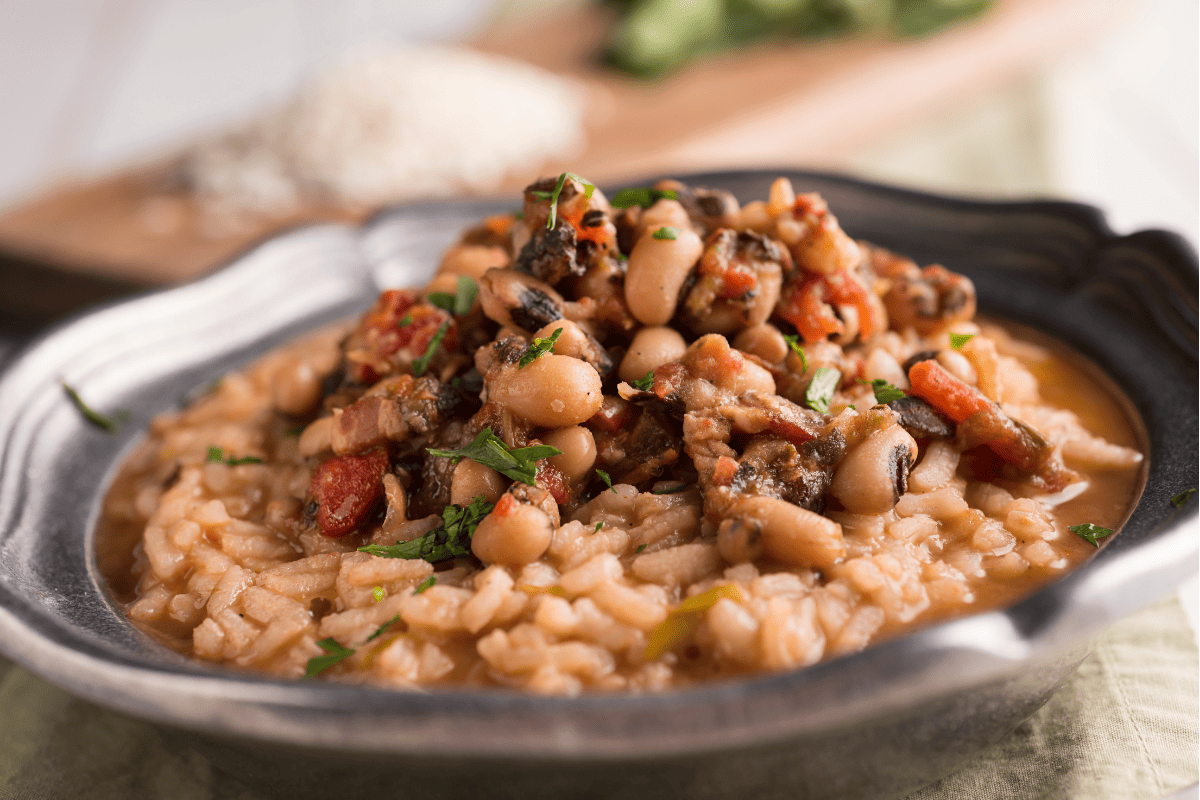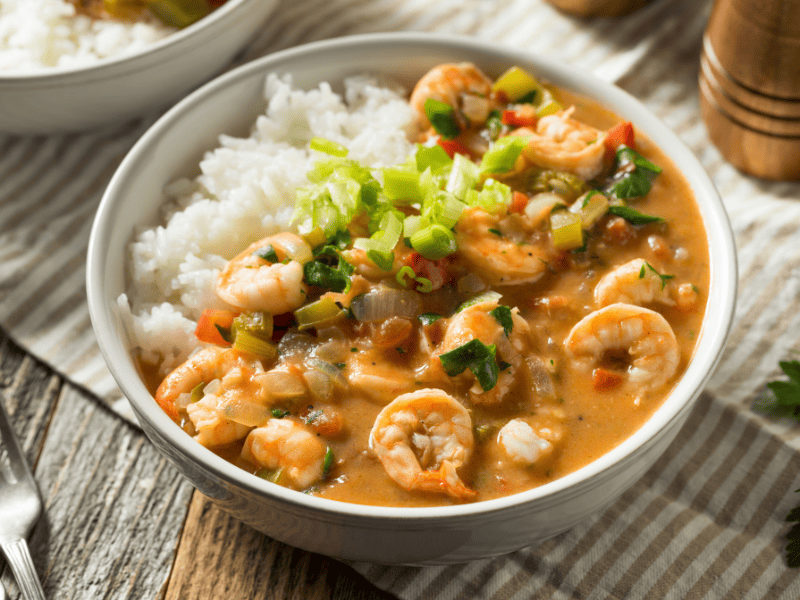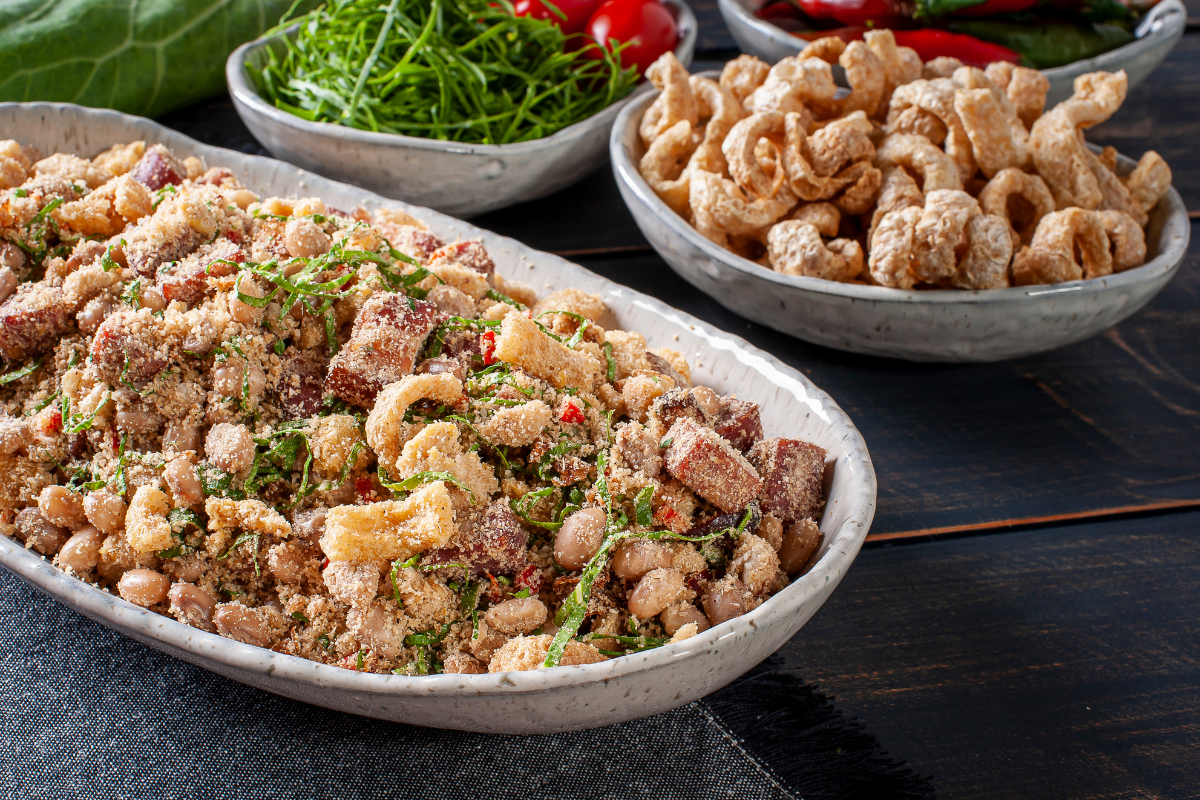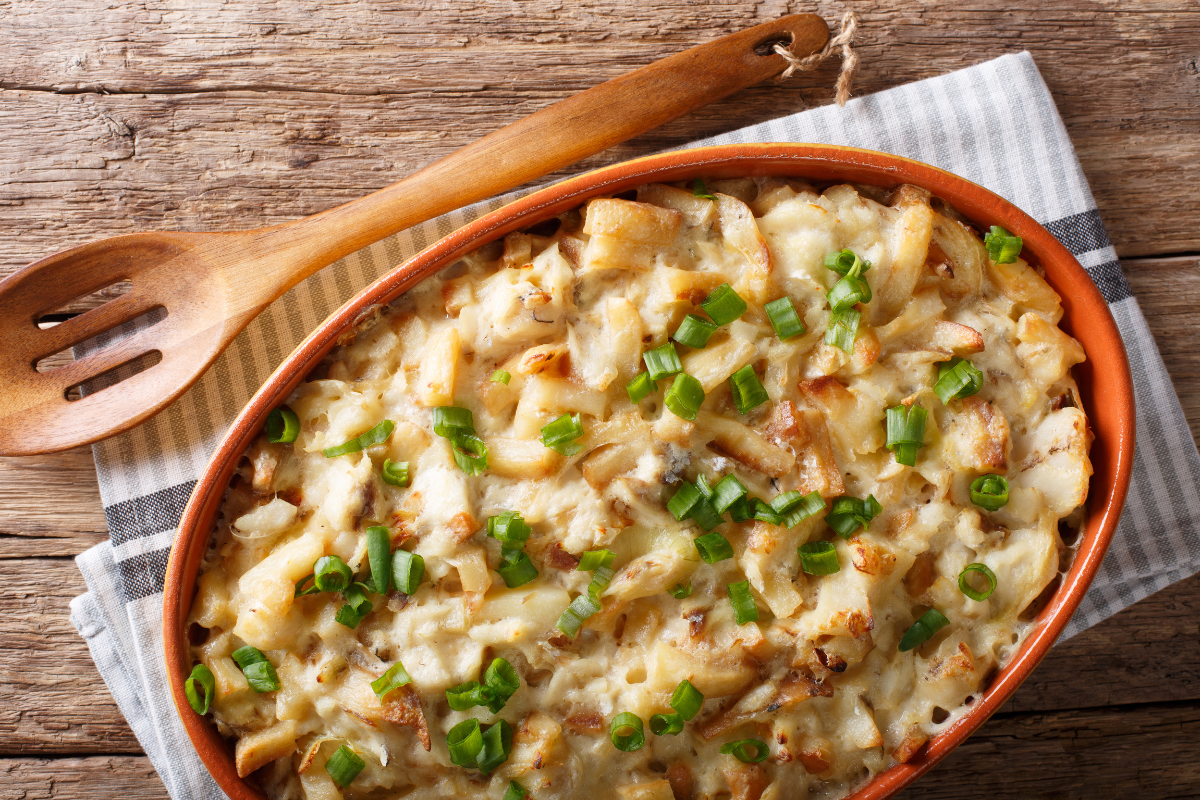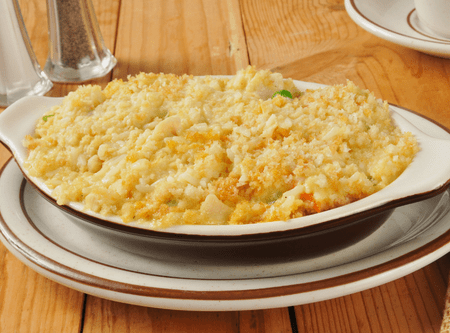
Coconut milk is a popular ingredient in many Brazilian recipes, like savory pumpkin stew or the famous moqueca. It lends a creamy, tropical note to any dish, and this one pan coconut lime chicken recipe is no exception. It incorporates the bright taste of coconut and lime, with the earthier, warming spices of a traditional curry. It comes together in less than an hour and cooks in one pot for easy clean up. In other words: one pan coconut lime chicken is your next go-to weeknight dinner.
Is One Pan Coconut Lime Chicken Spicy?
Yes, this recipe has a bit of a kick to it. It has both cayenne pepper and diced jalapeno, so we’d give it a heat rating of medium to medium high. That being said, you can customize the recipe to suit your preferences. Want more heat? Add another jalapeno or a pinch more cayenne. Prefer it mild? Remove the ribs and seeds from your jalapeno, use half the cayenne, or skip the spicy bits all together.
Healthy Versions of Coconut Lime Chicken
There are a couple ways you can tone down the calories in your one pan coconut lime chicken dinner. While we love the silky, creamy texture and toasted flavor of full fat coconut milk, we are aware it is not the most waist-friendly of ingredients. You can substitute fat-free coconut milk if you are trying to limit your calorie intake. You can also use chicken breasts in place of chicken thighs, which are slightly higher in fat and calories.
What to Serve with One Pan Coconut Lime Chicken?
Our favorite thing to eat with this chicken, or almost any Brazilian dish, is Brazilian rice. It is a simple recipe of white rice toasted with garlic and onions, then simmered in water or broth until fluffy but not sticky. This style of rice is served with nearly every meal in Brazil. It is so popular that many Brazilians prepare a jar of the aromatics (“refogado”) ahead of time.
Another great pairing would be crispy yuca fries. Serve the chicken and a generous ladleful of the coconut lime sauce over a bed of fried yuca and *chef’s kiss* you’ll have your new favorite comfort food.
Chicken Breasts vs Chicken Thighs
We like to use boneless, skinless chicken thighs in this recipe for three reasons:
- They have a deeper flavor that can stand up to the spices
- It is much harder to overcook thighs.
- They are way cheaper than chicken breasts.
However, you can absolutely substitute the chicken thighs for breasts in your one pan coconut lime chicken.
Can You Freeze One Pan Coconut Lime Chicken?
Sure. You can store leftovers or a make-ahead version in your freezer for up to three months. We’d recommend thawing it in the oven, however, as opposed to the stove top, so you don’t aggressively reheat the chicken. Bake it covered in an oven-safe dish at 350 for around an hour, then squeeze some fresh lime juice over the top to awaken the zing you may have lost from the cold.
One Pan Coconut Lime Chicken Recipe
Ingredients:
2 lbs boneless, skinless chicken thighs cut into 2 inch cubes
1 can unsweetened coconut milk
1 small onion, chopped
3 cloves garlic, minced
1 tsp coriander
1 tsp ground cumin
1 tsp cayenne
1 tsp turmeric
1 tsp salt
Ground black pepper, to taste
1 green bell pepper, chopped
1 jalapeno, minced
1 can stewed, diced tomatoes
2 tbsp fresh lime juice
Extra virgin olive oil
Fresh, chopped cilantro for garnish
Instructions:
- Marinate the Chicken: in a bowl, combine the chicken with coriander, cumin, cayenne, turmeric, salt, black pepper ,fresh lime juice, and a splash of olive oil. Toss the chicken until evenly coated. Let it marinate for at least 15-20 minutes.
- Preheat the Pan: heat a large pan over medium-high heat and add a drizzle of extra virgin olive oil.
- Cook the Chicken: place the marinated chicken in the pan and cook until browned on all sides. This should take about 5-7 minutes. Once browned, remove the chicken from the pan and set it aside.
- Saute Onions and Garlic: reduce the heat to medium. In the same pan you used for the chicken, add a bit more olive oil if needed. Saute the chopped onion until it becomes translucent. Add minced garlic and cook for an additional 1-2 minutes until fragrant.
- Pour in Coconut Milk: pour in the can of unsweetened coconut milk, stirring well to combine with the spices and onions.
- Add Tomatoes, Jalapeno, Bell Pepper, and Lime Juice: stir in the can of stewed, diced tomatoes. Return the browned chicken to the pan. Add fresh lime juice and diced jalapenos and bell pepper.
- Simmer: bring the mixture to a rolling simmer. Reduce the heat to low, cover the pan, and let it cook for about 10-15 minutes, or until the chicken is cooked through and the jalapenos and bell pepper have softened.
- Serve: once the chicken is fully cooked and the flavors have melded together, serve your One Pan Coconut Lime Chicken over Brazilian rice or with your favorite side dishes. Garnish with fresh cilantro if desired.
Texas de Brazil Meat Delivery
Don’t forget to order your butcher box to arrive in time for Valentine’s Day! Select from premium cuts of beef, pork, and lamb so you can prepare the perfect romantic dinner at home. For a limited time, orders of $150 or more earn a free Australian rack of lamb ($24 value). Visit our online market today to get started.


